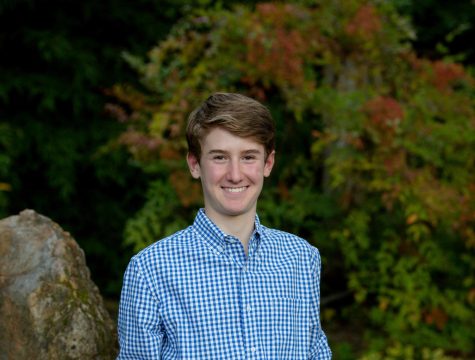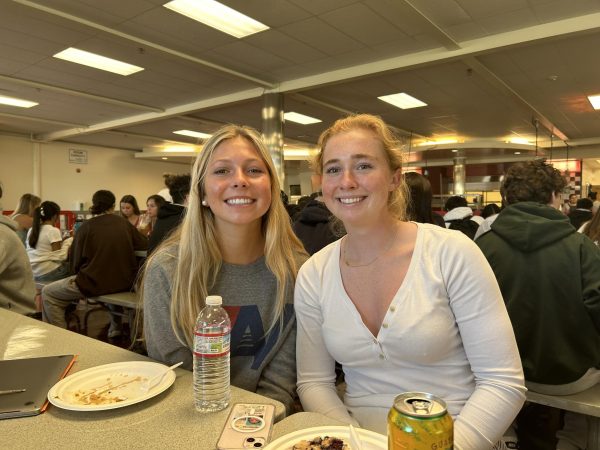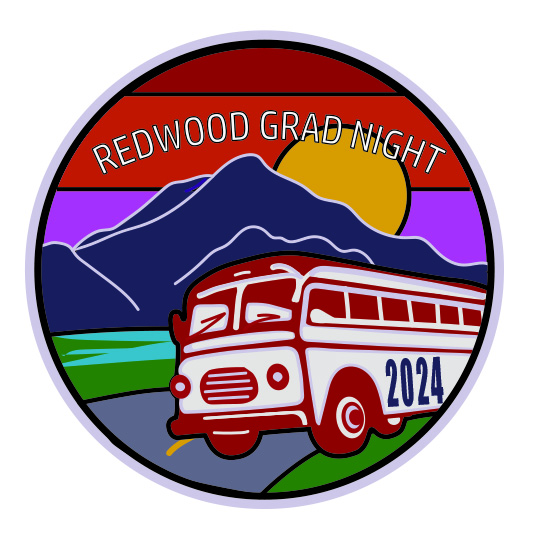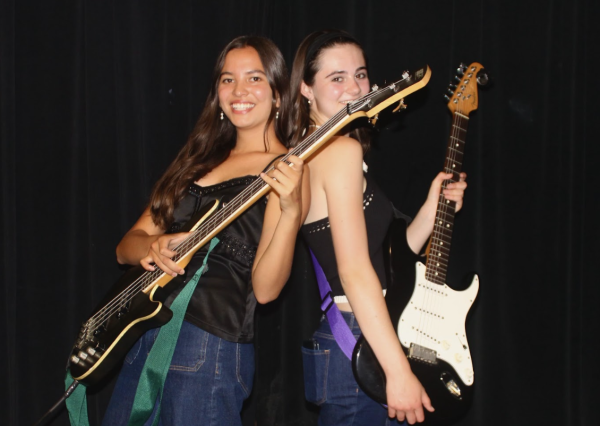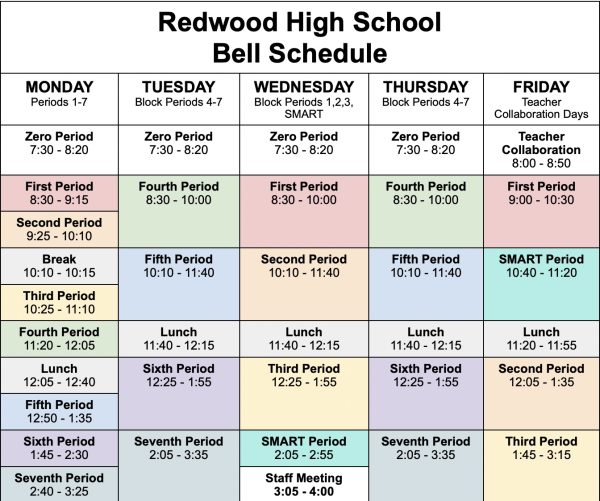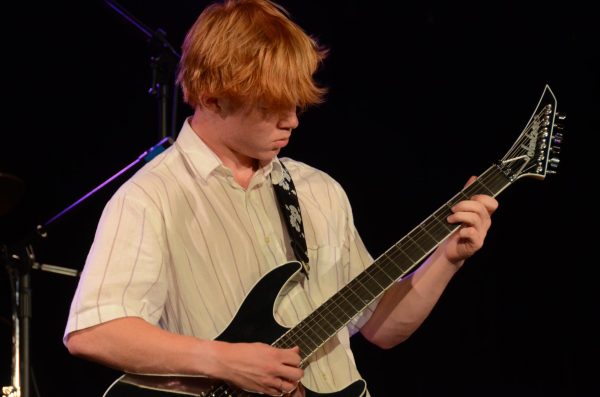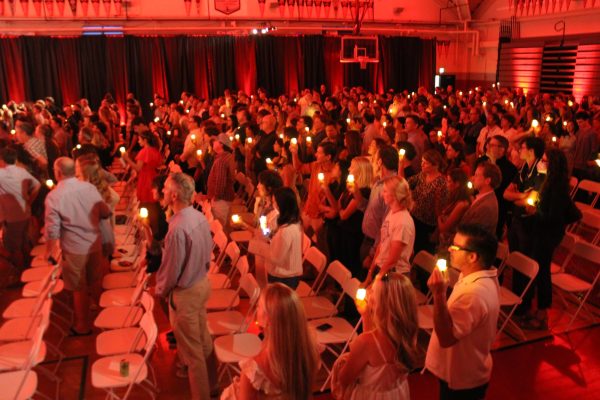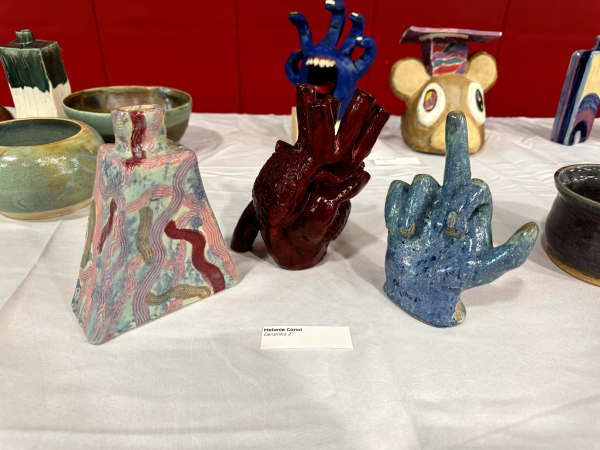YouthTruth survey unlocks insights into student perceptions
“We have a general research question: what are students’ perceptions of their experience in school”
October 28, 2022
For the second year, the Tamalpais Union High School District (TUHSD) and YouthTruth, a national nonprofit, are partnering to survey thousands of students, staff members and parents. The surveys, being conducted throughout October at Redwood, collect vast amounts of data via anonymous, digital questionnaire responses. This comes as a recent YouthTruth review of 220,000 students found that over 50 percent, “cited depression, stress and anxiety as an impediment at school,” and that 14 percent of high schoolers “seriously considered suicide.” Facing the reality posed by these responses, it is more important than ever that schools identify and understand today’s problems. That is the main objective of this year’s survey, which is led by Assistant Principal Lisa Kemp.
“[The survey] is about conversations on how kids feel about school, whether they feel safe and whether they are motivated. What do teachers do that’s effective [and] not effective?” Kemp said.
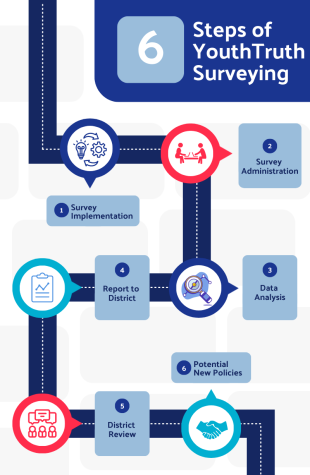
With staff and family surveys, Redwood’s data collection effort involves a three-pronged approach. Once compiled, the feedback undergoes an extensive review as YouthTruth creates a report that compares responses to nearly 2.5 million students and half a million staff and family surveys from 39 states. Assimilating this database to Redwood’s tens of thousands of data points is no easy task, but one that Jennifer de Forest, YouthTruth’s Director of Organizational Learning and Communications, considers essential to school success.
“I work on the research to gather insights out of the data, to look at the trends across the country, so that you can think what’s going on in Marin? Is this what we’re seeing across the country? How is it different depending on what your background is? Then, we give all of that information back in reports to principals and superintendents so that they understand what’s going on,” de Forest stated.
Important takeaways from last year’s survey of over 1,500 Redwood students revealed that only 54 percent of students consider themselves part of the school community. Other findings indicate that classwork makes 58 percent of students “really think” and that a majority of students do not consider curriculum helpful outside of the classroom. For Kemp, addressing and adapting to these student perceptions is made possible by the surveys.
“Curricular decisions are tricky,” Kemp said. “We have to sell the idea of updating courses … [so] we need the data to back up what administrators and teachers propose in terms of changing curriculum.”
This process is aided by Heather Smith, a partnership lead at YouthTruth, who collaborates with schools to ensure ideal outcomes.
“[I] work with districts to show the importance of student, family and staff voices in being central parts of district plans for their upcoming school years and beyond,” Smith said. “After [the survey], I [look at] what students are saying and talk about how this can be brought into planning.”
One of this year’s survey takers, Jake Gotlieb, completed it with the majority of students on Oct. 18.
“Schools [often] don’t listen enough to the feedback of actual students, teachers and parents, [but] having the survey [allows] the district to know a school population’s morale [and] certain demographics,” Gotlieb said.
Gaining student input is backed by scientific research, too, with a 2018 study of medical students finding, “Academic achievement was significantly related to higher scores for perception of teaching, perception of atmosphere and social self-perception.” Considering this, Kemp looks to continue the use of YouthTruth surveys to evaluate progress.
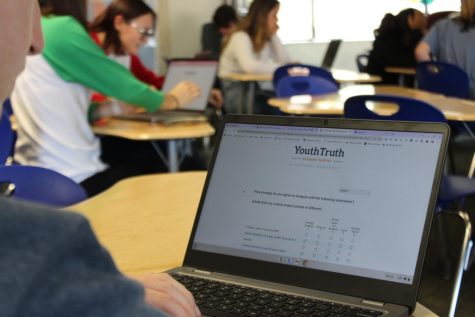
“I certainly want to use it [for] the aggregate data [over] at least six years, if not eight years, to get multiple cycles of kids going through all four years. We could truly see if we’re having the same results from 11th graders every year,” Kemp stated. “It’s worthwhile to get data that’s usable [and comparable].”
Not only are these surveys potentially most beneficial when conducted long-term, but with the use of additional, in-depth sections, districts can examine specific trends. By coordinating this year’s survey with the district, Smith is aware of one of its top priorities.
“[The district] has all the additional topics, [including] diversity, equity [and] inclusion which was added on, and [that] was a big focus [for the TUHSD],” Smith said.
These subjects and the many others that YouthTruth surveys explore, point towards the nonprofit’s guiding principles, which de Forest associates with learning objectives.
“We have a general research question: what are students’ perceptions of their experience in school?” de Forest stated. “Student voices are like canaries in the coal mine: They’re predictive, [and] you can make your school better if you listen to them.”

